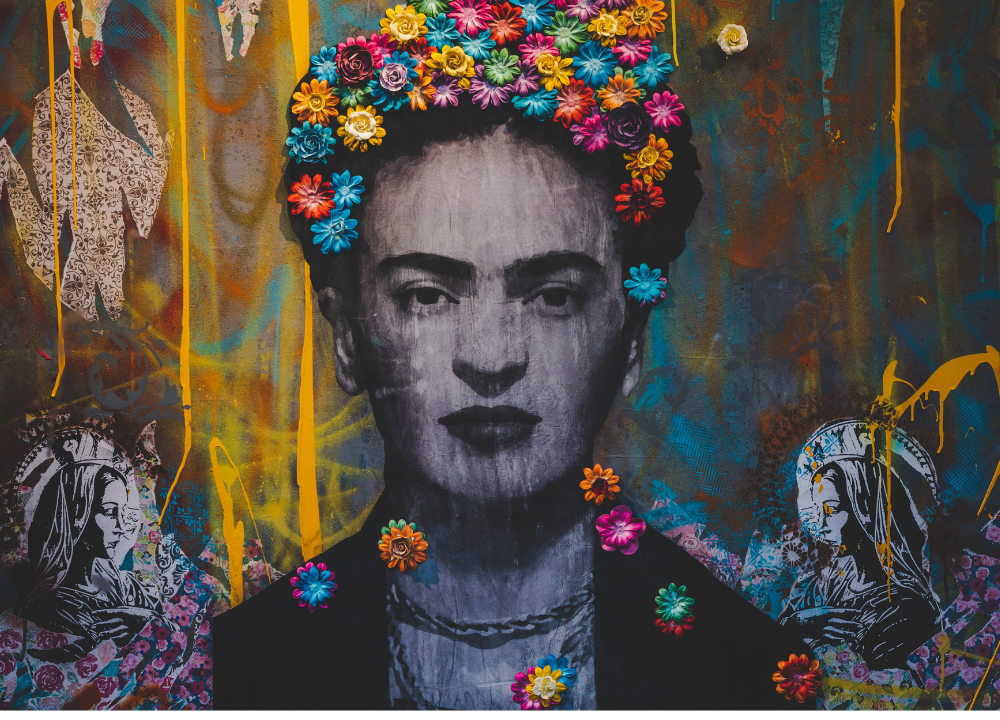
Predictions for the future of 3D art galleries suggest that this medium will continue to evolve and shape the art world in several ways, offering artists and audiences new ways to experience and engage with art. With ongoing advancements in technology, changing artistic trends, and a growing focus on accessibility and sustainability, 3D art galleries will become a transformative force in the art industry.
1- Advancements in Technology
As technology continues to advance, 3D art galleries will incorporate more sophisticated tools and techniques. Artists may leverage virtual reality (VR), augmented reality (AR), and holographic displays to create even more immersive and interactive art experiences for visitors. With VR headsets, visitors can step into virtual spaces where they can explore digital sculptures and paintings in a fully immersive environment. Holographic displays will enable 3D projections of artwork that appear as tangible as physical installations. These advancements will redefine how artists conceptualize and present their work, making digital art an increasingly integral part of the gallery experience.
2- Blurring Boundaries Between Physical and Digital Art
The boundaries between physical and digital art will blur further as virtual 3D art exhibitions and online galleries become more common. This evolution will allow global audiences to access and engage with artworks from anywhere in the world, breaking down geographical limitations. Virtual galleries will provide new opportunities for artists to showcase their work without requiring a physical space, reducing costs and expanding their reach. Additionally, blockchain technology and NFTs (non-fungible tokens) will continue to play a role in digital art ownership and authenticity, ensuring artists can securely sell and distribute their work.

3- The Rise of Augmented Art
Augmented reality (AR) will play a significant role in enhancing the art-viewing experience. Viewers may use AR devices or smartphones to overlay digital elements onto physical sculptures, unlocking hidden layers of information and interactivity. For instance, an AR app could allow users to see the creative process behind a sculpture, display historical context, or even enable animated transformations of the artwork. This integration of digital content with physical art pieces will provide an enriched, multi-dimensional experience for viewers.
4- Hybrid Installations: A Fusion of Traditional and Digital Art
3D art galleries will feature more hybrid installations that combine traditional and digital elements. Artists may experiment with integrating robotics, sensors, and interactive elements into physical sculptures, pushing the boundaries of what is possible in the realm of 3D art. Interactive installations will respond to audience movement, voice, or touch, creating personalized experiences. These hybrid art pieces will blend technology with traditional craftsmanship, leading to innovative and thought-provoking creations.
5- Sustainability and Eco-Friendly Art Practices
With a growing focus on sustainability, 3D artists will explore eco-friendly materials and sustainable practices in their creations. Renewable resources, recycled materials, and biodegradable substances may be increasingly used to construct artworks that align with environmental concerns. Digital exhibitions will also help reduce the carbon footprint of traditional art galleries by minimizing the need for travel and physical infrastructure. Artists will also experiment with sustainable design techniques, such as 3D printing with biodegradable materials, to reduce waste while maintaining artistic expression.
6- Virtual Collaboration and Global Exhibitions
Artists and curators from different parts of the world will collaborate virtually to create international exhibitions. Virtual galleries will allow artists to explore themes and ideas together, fostering a more diverse and inclusive art community. These digital collaborations will make it easier for emerging artists to gain recognition and participate in prestigious exhibitions without logistical or financial constraints. Through live-streamed events, social media integration, and interactive forums, art lovers will have new ways to engage with creators and fellow enthusiasts.
7- Inclusive Art Access and Digital Democratization
The integration of technology will promote inclusivity in art access. Virtual exhibitions and online experiences will enable people with physical limitations or those residing in remote areas to enjoy 3D art without the constraints of physical attendance. Additionally, adaptive technologies such as screen readers, voice controls, and haptic feedback will allow individuals with disabilities to experience digital art in a way that suits their needs. This democratization of art access will ensure that a broader audience can appreciate and engage with artistic expressions.
8- Art as a Tool for Activism and Social Change
3D art galleries will increasingly serve as platforms for artists to address social and political issues. Artworks will tackle themes like climate change, inequality, and human rights, sparking conversations and encouraging social change. Digital platforms will amplify these messages by reaching wider audiences, fostering discussion, and mobilizing communities. Interactive installations may even incorporate real-time data, allowing visitors to engage with pressing global issues dynamically and informatively.
9- Emphasis on Experience and Interaction
The future of 3D art galleries will prioritize creating memorable experiences for visitors. Artists and curators will design interactive installations that encourage active participation and emotional engagement. Gamification elements may be introduced, where visitors can unlock new aspects of an exhibition through their actions. Personalized experiences, where visitors’ choices influence the way they navigate and interpret art, will become more prevalent, making each visit unique.
10- Multi-Sensory Art Installations
3D art galleries will incorporate multi-sensory experiences, combining visual elements with sound, scent, and touch. These multi-dimensional installations will offer visitors a more immersive and holistic encounter with art. For example, a 3D artwork depicting an ocean scene might be accompanied by the sound of crashing waves, the scent of sea air, and a misting system that replicates the feel of ocean spray. This convergence of sensory experiences will deepen the emotional connection between the viewer and the artwork, making exhibitions more engaging and unforgettable.
The Future of 3D Art Galleries: A Dynamic and Transformative Space
In conclusion, the future of 3D art galleries promises to be dynamic and transformative. With technological advancements and creative innovation, the medium will continue to push artistic boundaries, challenge traditional norms, and redefine how audiences experience and engage with art. As 3D art evolves, it will undoubtedly play an integral role in shaping the future of the art world. By embracing digital tools, sustainability, inclusivity, and interactivity, 3D art galleries will provide artists with endless possibilities to express their visions while offering audiences enriching and immersive artistic experiences. The continued fusion of technology and creativity ensures that the world of 3D art will remain at the forefront of contemporary artistic expression for years to come.
Also check
Discussion on Reddit about 3D Art
And don’t forget to check our other articles


